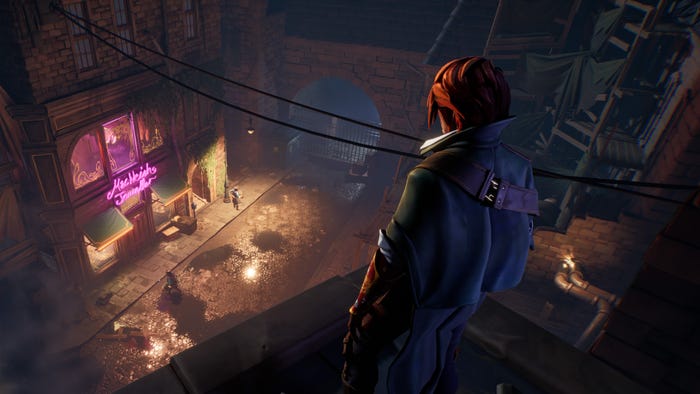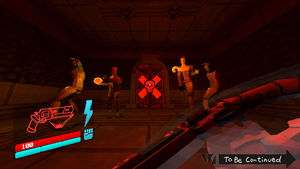In today's exclusive Gamasutra feature, veteran game designer Ernest Adams <a href="http://www.gamasutra.com/features/20070501/adams_01.shtml">presents his latest 'Designer's Notebook' column</a>, bemoaning the "tendency of game developers to add action e

In today's exclusive Gamasutra feature, veteran game designer Ernest Adams presents his latest 'Designer's Notebook' column, bemoaning the "tendency of game developers to add action elements to games in which they aren’t needed or wanted", and suggesting multiple design solutions for fixing the issue. In this excerpt, Adams says that, in large part, the problem with action games lies both in their arcade heritage, where the purpose was to get the player to repeatedly insert coins to overcome challenges, and in the industry's move toward more complex control schemes: “So what is the problem with action games? I think a big part of it, as with a lot of other design issues, is our heritage in the arcades, when we had to make money by forcing the player to lose frequently. Arcades are dead, but the arcade design mentality is still with us, and it’s an outmoded approach. Games are typically hard for one or both of two reasons: their user interface is awkward or complicated, or their core mechanics are set up to make the challenges difficult to overcome. [...] If you want to make an action game accessible, either to the handicapped or to the merely thumb-fingered like myself, think very carefully about the user interface, especially button assignments. I won’t touch most fighting games with a bargepole – they require me to memorize a complex sequence of button-presses and to execute them rapidly within a very narrow time window. That might be worth it if I got a big bang out of beating people up, but I’ve never found fisticuffs rewarding in any case. I prefer shooting them with powerful long-range weapons. There’s growing interest in what are called single-switch or one-switch games: games you can play with a single on-off button. These are particularly suitable for mobile phones, which have a larger consumer demographic than, say, the PlayStation 3 does, and need to be simpler. Personally, I feel that designing under hardware constraints is a good exercise for any designer. Sure, it’s lovely to have 8 buttons, two analog joysticks, two pressure-sensitive triggers and a D-pad to play with, but all those features also allow designers to create sloppy, overly complex interfaces. Sonic the Hedgehog worked great with a D-pad and one button, even though the Genesis actually had four. Keep it clean and keep it tight.” You can read the full feature here, with more from Adams on correcting these game design problems, including a closer look at accessibility issues in action games (no registration required, please feel free to link to this feature from external websites).
About the Author(s)
You May Also Like









